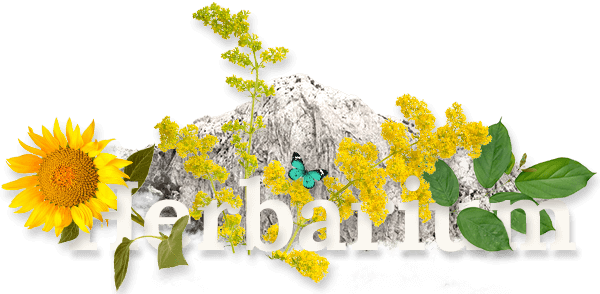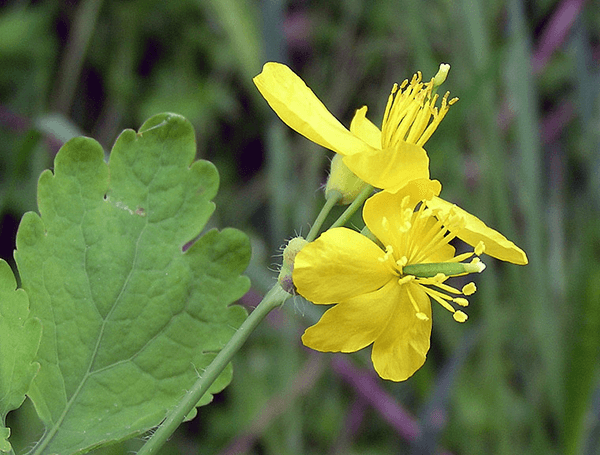Izradu internetske stranice sufinancirala je Europska unija u okviru operativnog programa Konkurentnost i kohezija iz Europskog fonda za regionalni razvoj.
saznajte više

CELANDINE
lat. Chelidonium majus.
Other names: Common celandine, garden celandine, celandine poppy, felonwort, swallow wort, wart wort
Scroll
Habitat:
Greater celandine can be found growing wild in almost all European countries, West Asia, North Africa and North America. The plant prefers dry sunny areas and is often found next to buildings, or thickets.
Plant Description:
Greater celandine is a perennial plant belonging to the poppy family (Papaveraceae). It can grow up to 60 cm in height and the whole plant contains a large amount of a yellow latex that turns orange when it comes into contact with air. The stems are branched with long hairs and produce pinnate, round toothed leaves that are bright green on top and blue-green underneath. The yellow flowers sit in umbrella-shaped inflorescence, usually two to six together. The flowers have two sepals and 4 yellow petals. The plant blooms from May to August. After flowering, a narrow and elongated seed capsules develop.
Plant Parts Used:
The whole plant is utilized in herbal medicine. The herb is collected when in bloom and dried at up to 35 ° C, separate from other herbs.
Pharmaceutical use:
Traditional use:
Greater celandine has been used traditionally as an herbal remedy for liver diseases, many ailments of the digestive system and for eye irritations. It was used internally to support the liver and bile duct and protect against liver damage caused by hepatitis. It has also been used to stimulate digestion and treating cramps related to the digestive system. The milky latex was used externally to remove warts, soften corns and detach bad teeth. Chelidonin has an antispasmodic effect and seems to specifically target the bile duct and bronchi. Furthermore, the substance has mild tranquilizing properties.The plant has also been found to be effective treatment for whooping cough. The German Commission E gives greater celandine the green light and recommends it as a treatment for cramping discomforts related to the bile ducts and the digestive tract. In Chinese herbal medicine, the herb is used as an herbal remedy for gastritis, ulcers, enteritis, jaundice, abdominal pain, bronchitis and whooping cough. Greater celandine has been used externally to speed up healing of minor wounds, cuts, and scrapes and as a relief for skin problems such as eczema.
Cautions:
Please be aware that herbs, although natural can interact with certain medications, and that they may be ill advised to use under certain health conditions. Please consult a qualified health practitioner for cautions pertinent to you.
No therapeutic claim is made or intended for AZENA products. Information is for educational purposes only.




